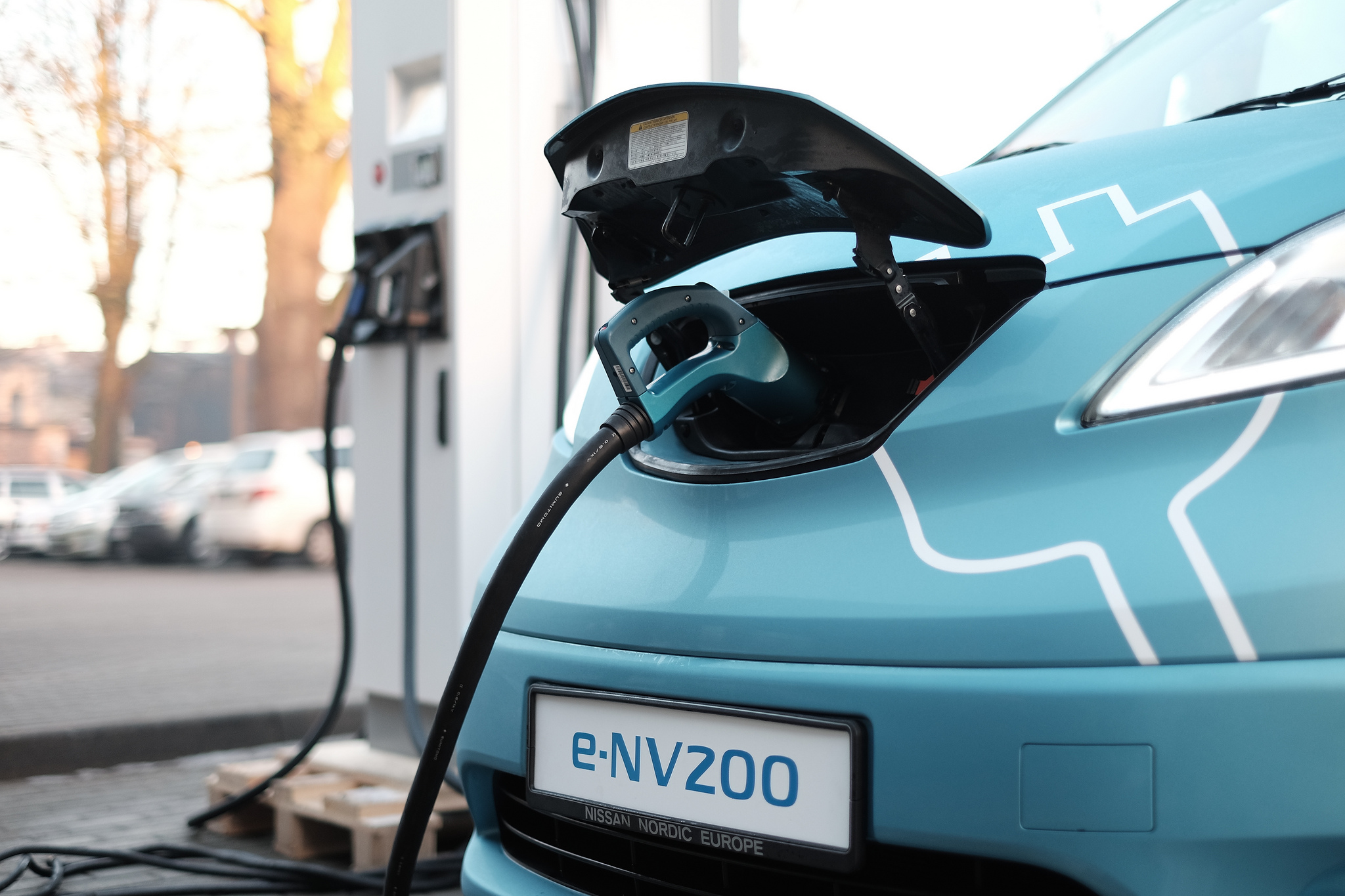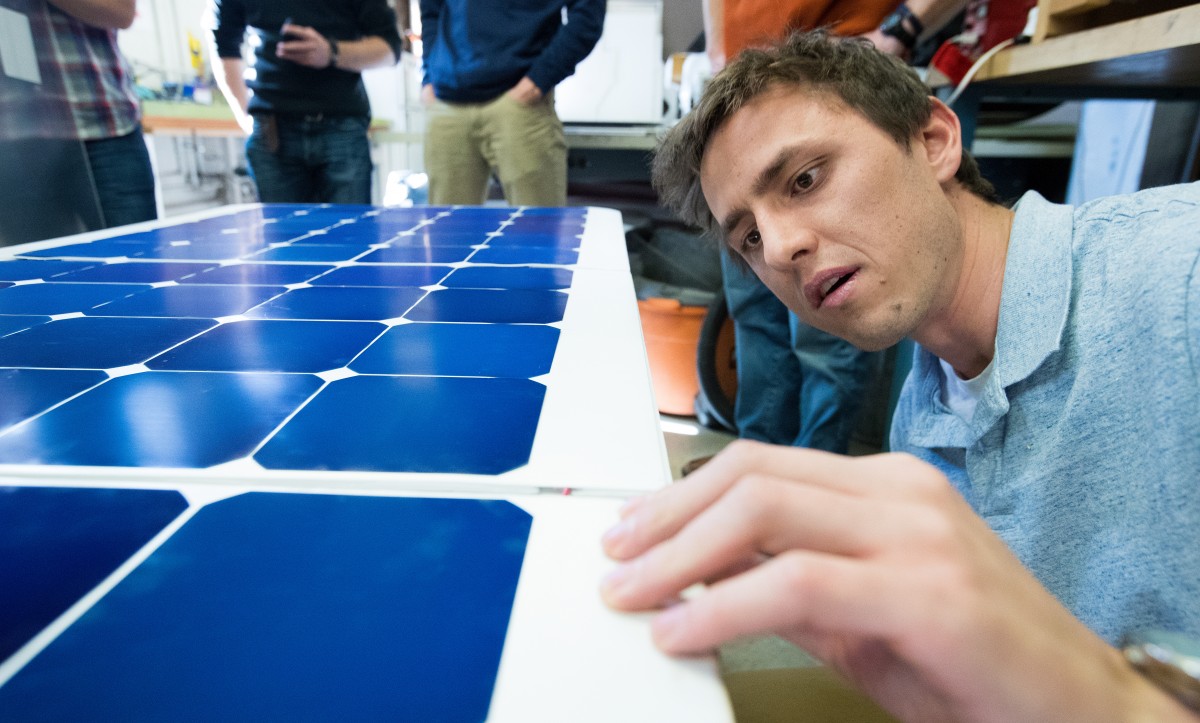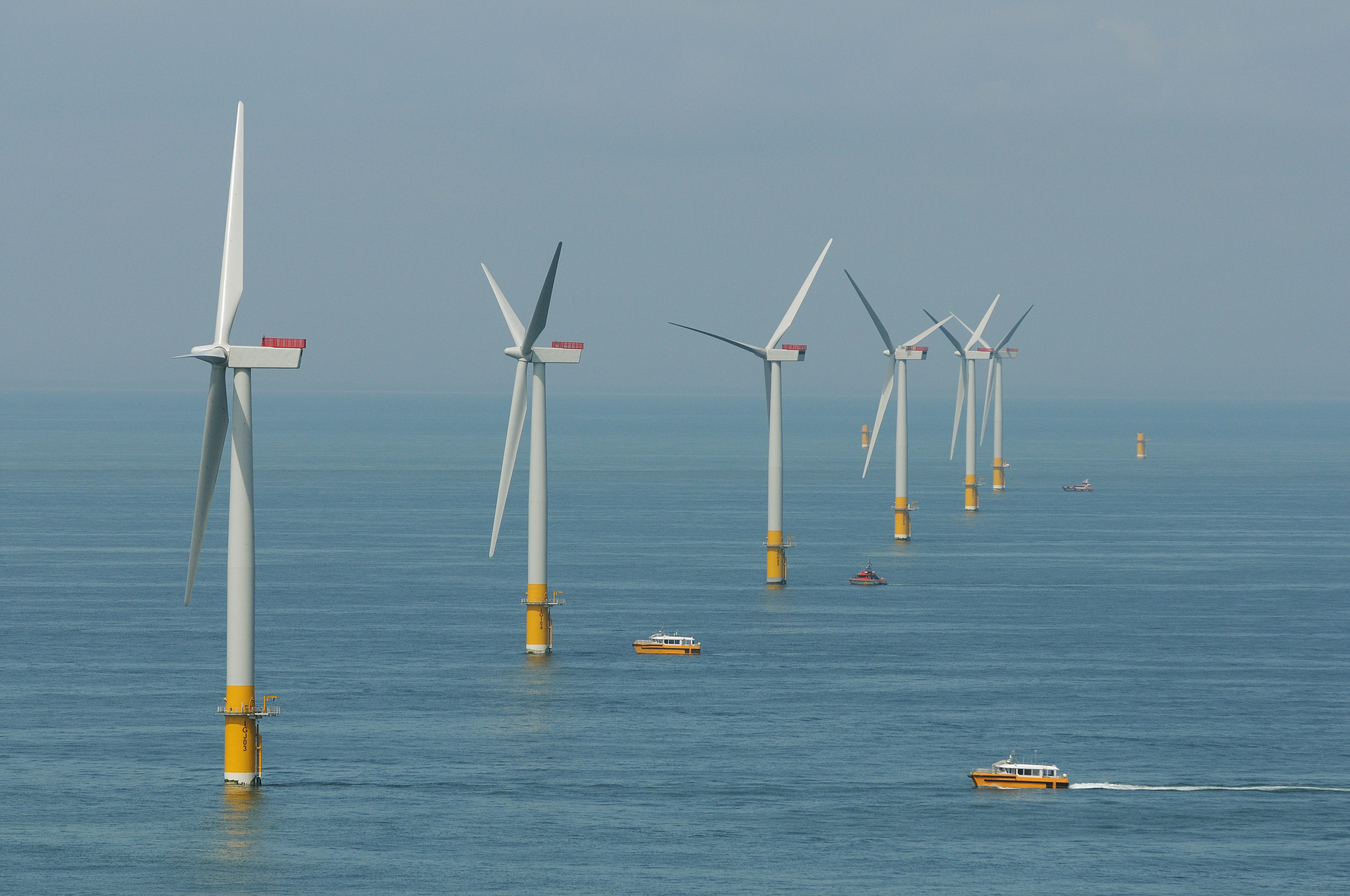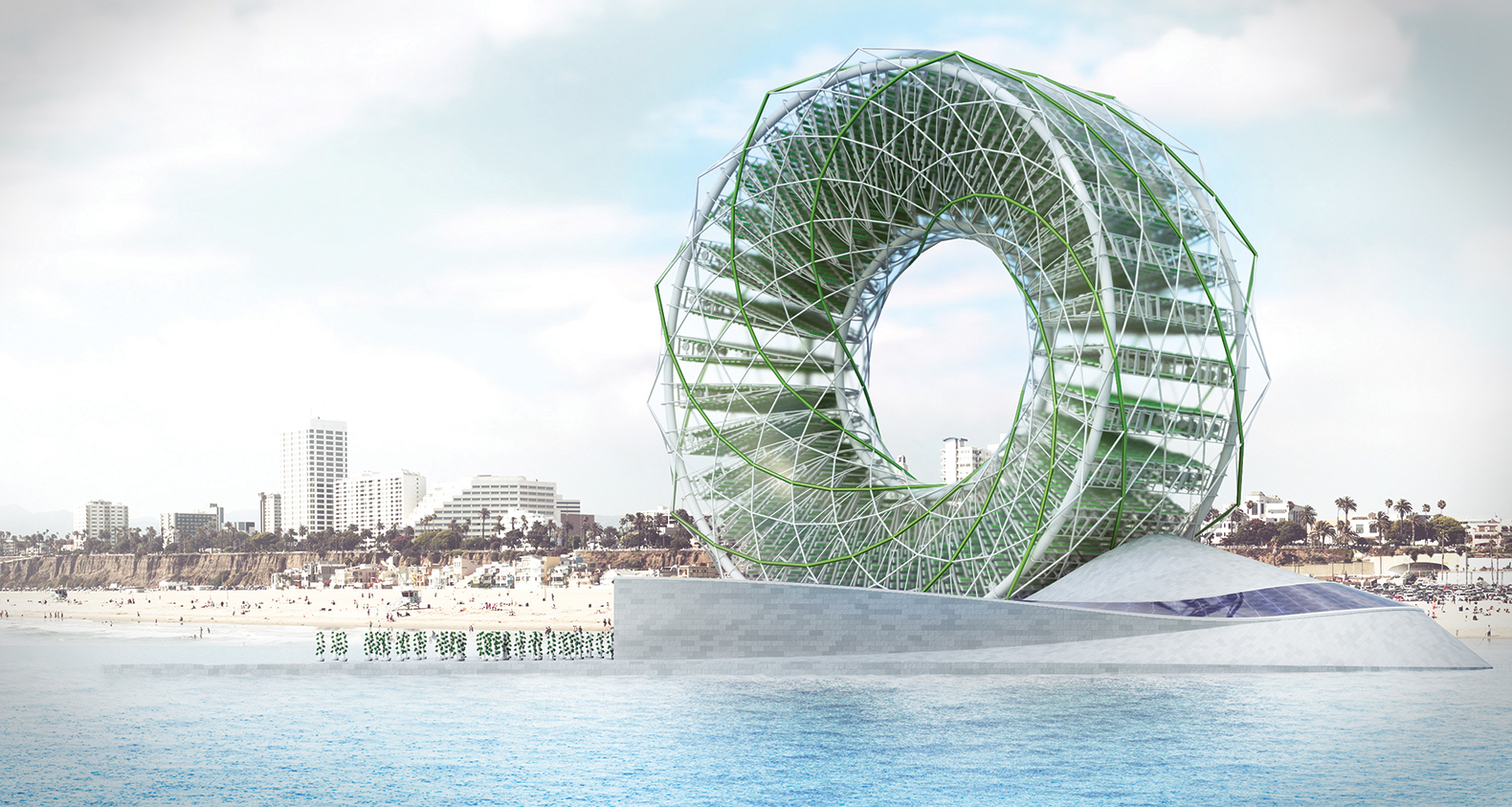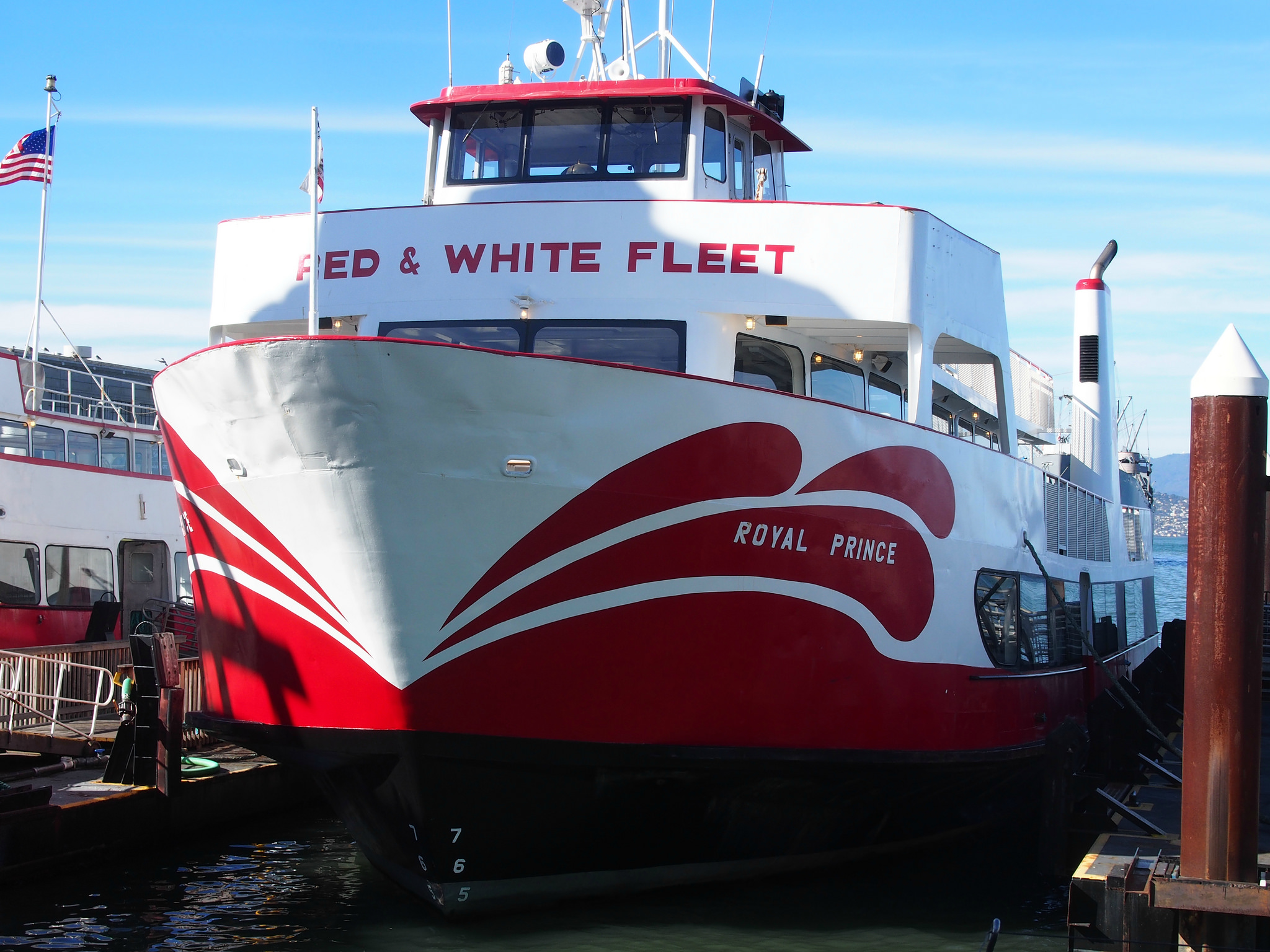Technology
Building A Better Solar Cell
The great majority of solar cells being manufactured today are based on silicon crystals. That technology has come a long way over time and has gotten cheaper and more plentiful as the industry has grown.
Renewables On Campus
Colleges and universities across the country are increasingly deploying solar arrays and other types of renewable energy. Many have set goals to become carbon neutral.
How Green Are Green Cars?
Electric cars are generally seen as the way to eliminate or at least dramatically reduce the disastrous effects of personal transportation on the environment. They still constitute only a tiny fraction of the cars on the road, but their popularity and availability is growing.
Floating Wind
Offshore wind power can supply a significant amount of energy to our hungry grid. In many places in Europe, it is doing just that. Here in US, it is just starting to be used in some places in the Northeast, with the first small offshore wind farm coming on line off the coast of Rhode Island.
Climate Change And Jobs
Combating climate change is a bit like treating a disease whose early stage symptoms are not very severe. People are not as motivated as they should be. Businesses have to comply with new regulations and spend money on new technologies, which seems like a losing proposition.
Student-Led Solar Revolution
College students have often spearheaded uprisings and revolutionary ideas. A group of BYU engineering students is trying to start a solar-cell revolution.
Wiping Out Wildlife
According to a new report from the World Wildlife Fund, the world’s animal populations have suffered widespread population declines in the last half century. And thousands of species are now scrambling to survive.
New Doubts About GMO Crops
Genetically modified crops have been at the center of a great deal of controversy for a number of years. There have been widespread fears that they are unsafe to eat. Continuing studies have indicated that those fears appear to be unsubstantiated.
Offshore Wind In Europe
The U.S. has just turned on its first offshore wind farm off the coast of Rhode Island. In the meantime, offshore wind continues to grow by leaps and bounds in Europe. Wind energy in the European Union accounts for 12% of its electricity supply. Until 2011, offshore wind comprised only 5-10% of the newly-installed wind energy capacity; now it about one third of the new installations.
Renewable Energy As Art
When we think about the visual impact of energy plants, we usually envision ugly smokestacks belching out toxic fumes. Of course, many people also consider wind turbines to be eyesores and even solar panels are often viewed unfavorably from an aesthetic point of view.
A Climate-Friendlier Coolant
Recently, negotiators from more than 170 countries reached a legally binding accord in Kigali, Rwanda to cut the use of hydroflurocarbons, or HFCs, which are chemical coolants used in air conditioners and refrigerators. HFCs are just a small percentage of the greenhouse gases in the atmosphere, but they are supercharged greenhouse gases that have 1,000 times the heat-trapping potency of carbon dioxide.
Energy At Our Feet
There are both big ideas and small ideas for generating electricity from renewable sources. For example, even though there are now gigantic solar energy farms producing vast amounts of electricity, there are also plans to embed solar technology in the windows of homes and businesses to capture even more of the sun’s energy.
Saving the Banana
Bananas are the world’s most popular fruit crop, with 130 countries producing over 100 million tons annually. Forty-seven percent of all the bananas grown in the world and ninety-nine percent of all the bananas sold commercially are of one subspecies known as the Cavendish.
Canadian Carbon Tax
The Canadian government has chosen a carbon tax as its national policy to reduce greenhouse gas emissions. This aggressive move could have major repercussions around the world.
Australia On The Run
We’ve all come to take for granted the ability of GPS systems to help us find our way around our cities, the countryside and, for that matter, the world in general. Software interacting with Global Positioning Satellites allows us to pinpoint our location on the Earth with remarkable accuracy. At least, as long as places on Earth stay put. But the problem is that they actually don’t.
A Hydrogen-Powered Ferry
The Red and White Fleet has been ferrying tourists around San Francisco Bay since 1892 and is a company committed to environmental sustainability. When looking for ways to reduce the emissions from its fleet of passenger ferries, the company wondered if there was a way to eliminate emissions entirely. That question was put to researchers at Sandia National Laboratories in a very specific form: Is it feasible to build and operate a high-speed passenger ferry solely powered by hydrogen fuel cells? According to a recently-released report, the answer is yes.
Kite Power
Wind power is a growing contributor to the energy grid but it has its limitations. Wind turbines need to be located in windy places and the structures are big, get in the way of things, and are rather costly.
Turning Sunlight into Fuel
When looking at the best ways to meet humanity’s energy needs, there is little doubt that the sun is the ultimate answer. In one hour, the Earth receives enough energy from the sun to meet all of our needs for a year. Despite this fact, the world currently only gets about 1% of its energy directly from the sun.



